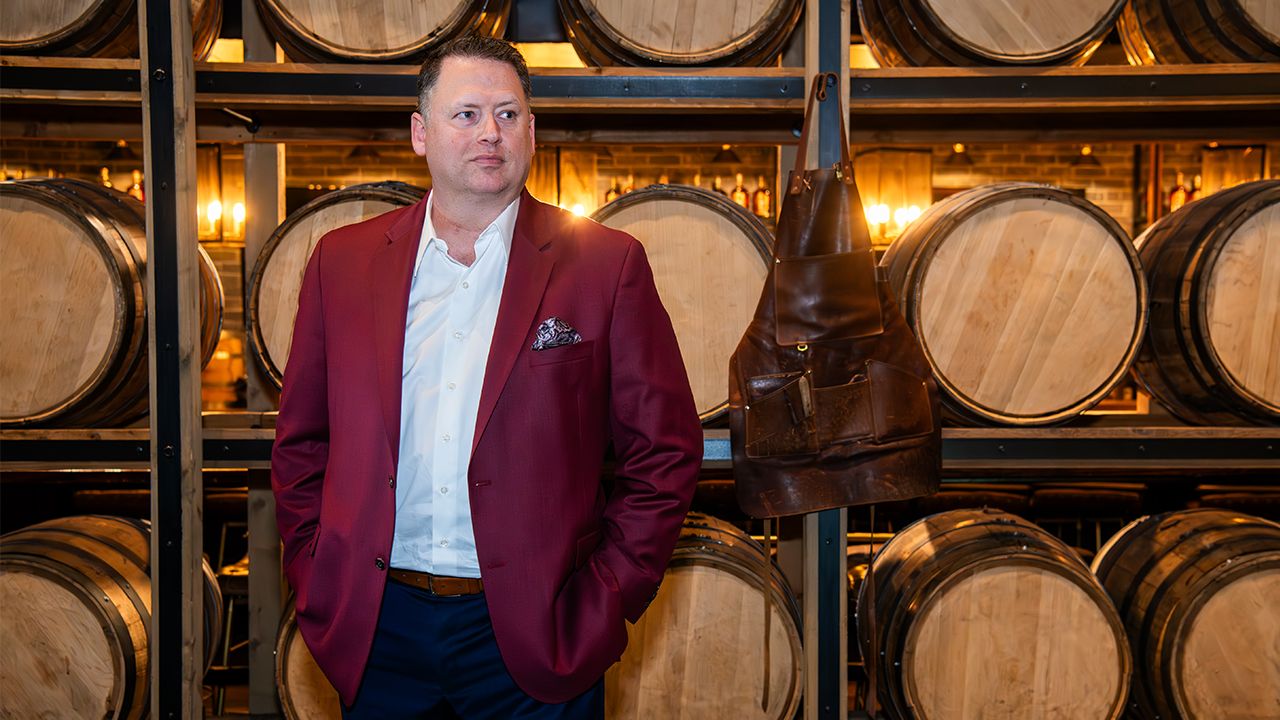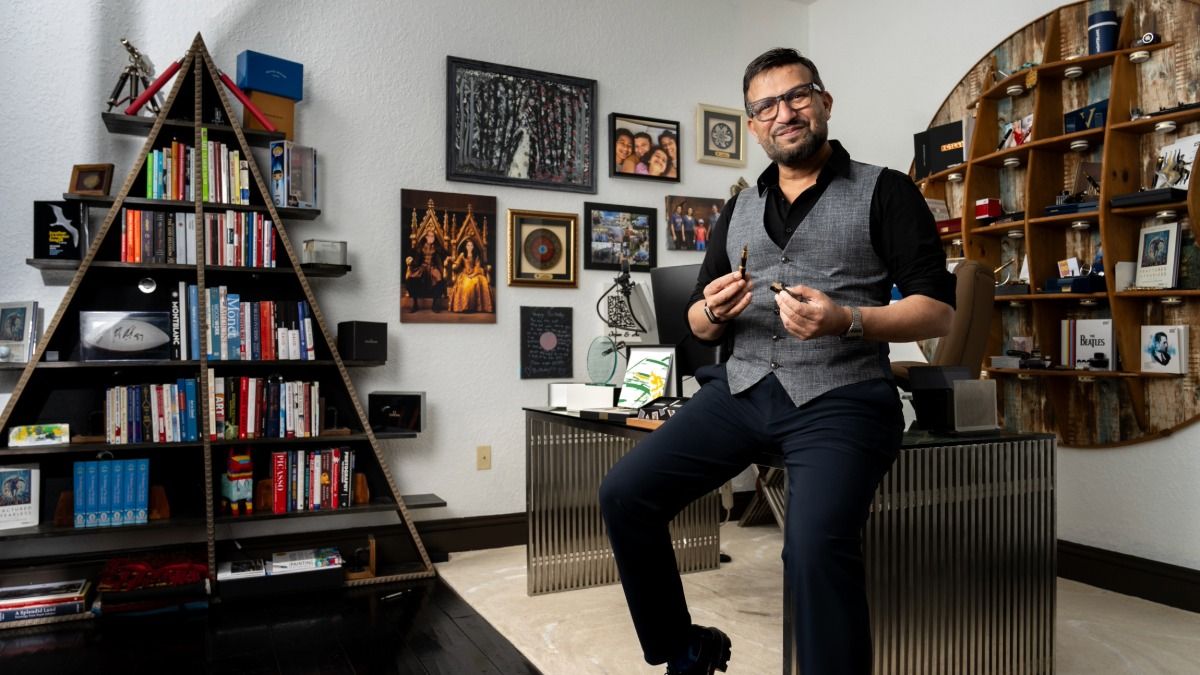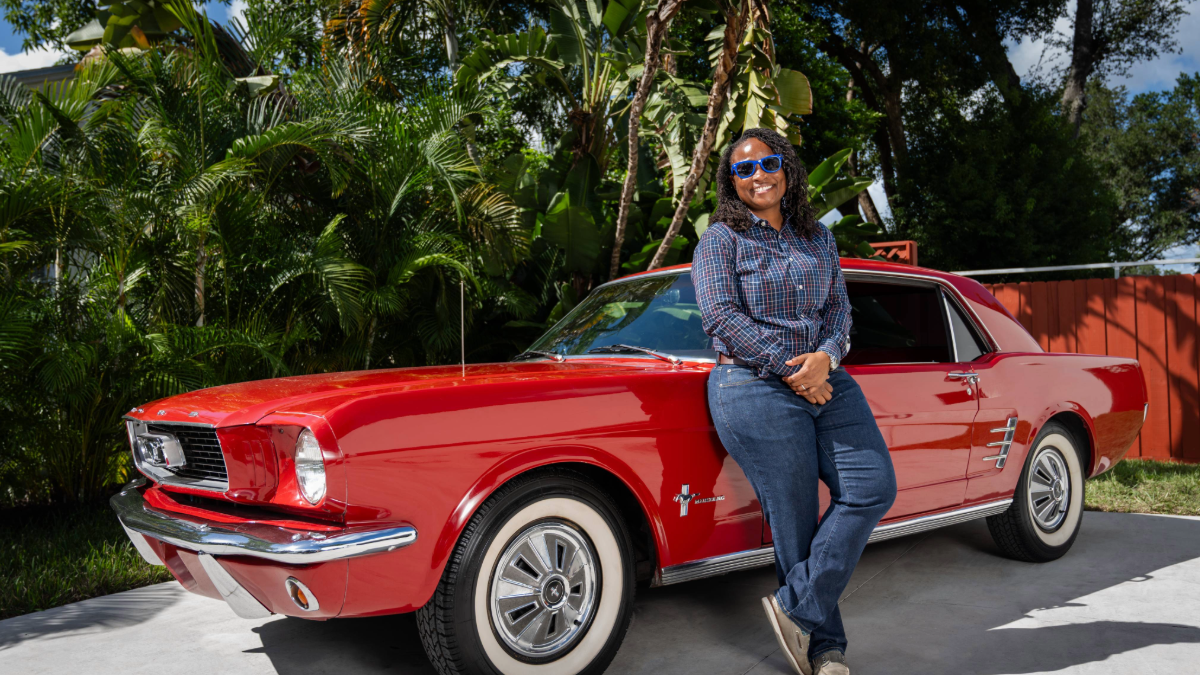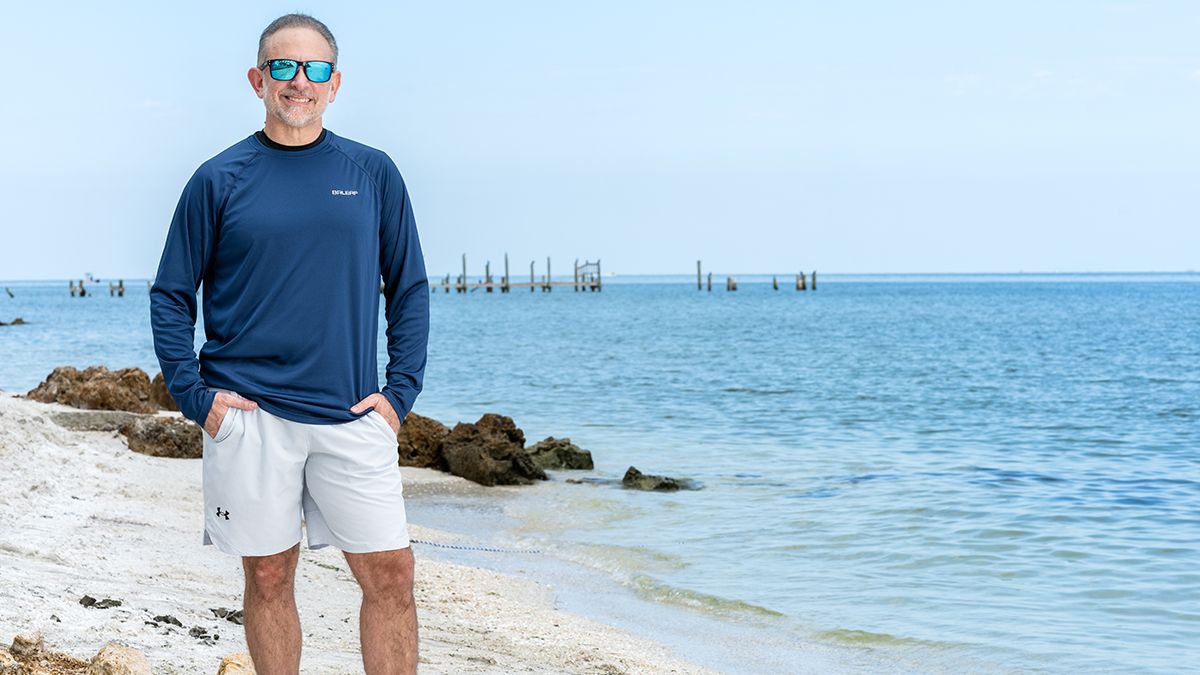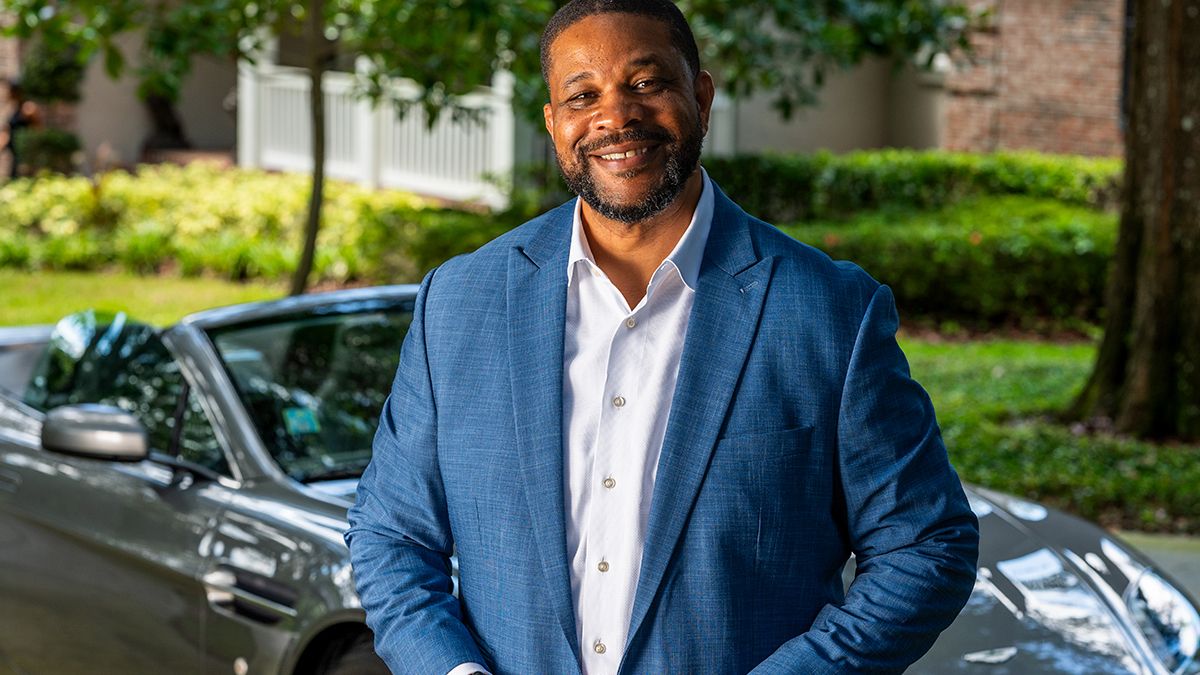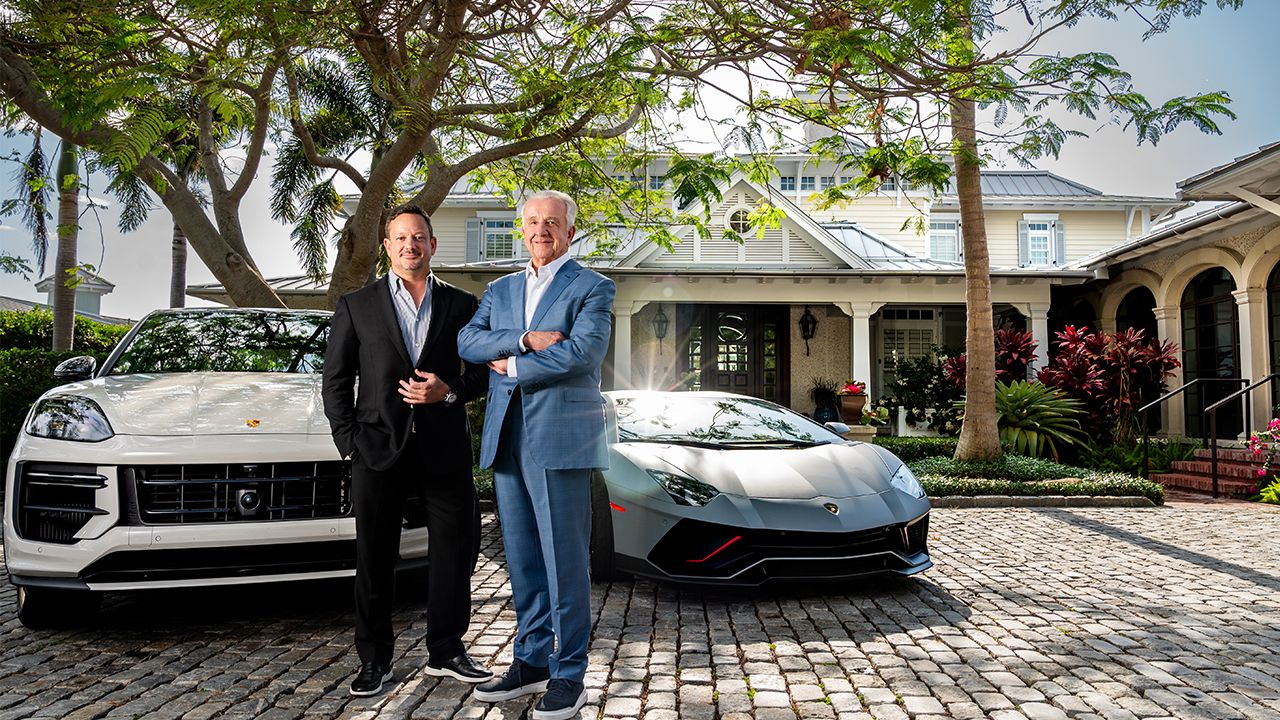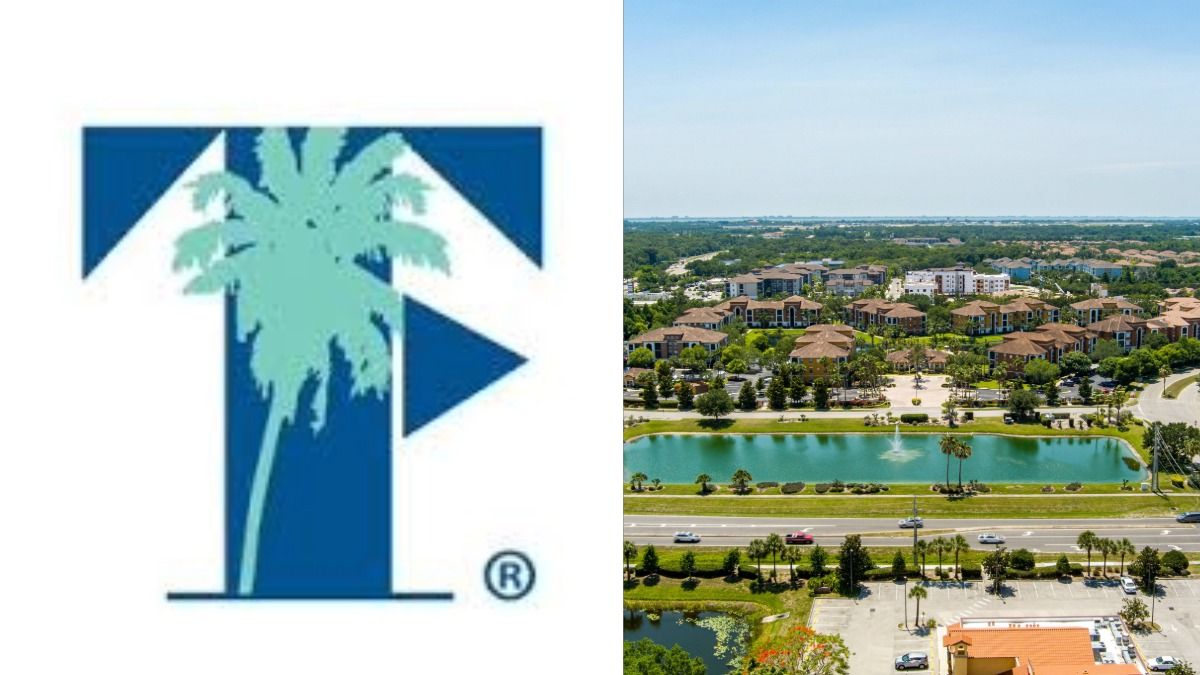Shirl Penney’s story is the kind of American Dream narrative that feels almost too remarkable to be real. Raised in a tiny fishing village, in Maine, by his step-grandfather, Penney’s childhood was defined by struggle—food scarcity and years of financial uncertainty. But through his grandfather’s sacrifice, his relentless drive and an unshakable belief in the power of education, he built himself into one of the most influential figures in wealth management today.
“No one builds a dynasty to flip it,” says Penney. That sharp, laser-focused mindset has defined both his life and his career.
As the founder, president and chief executive officer of Dynasty Financial Partners—a firm with a network of Registered Independent Advisors overseeing more than $110 billion in client assets today—Penney isn’t just a business leader. He’s a visionary, reshaping the independent wealth management industry.
Now, a proud resident of St. Petersburg, he brought his financial tech firm and key employees to the city, just six years ago. And, like so many other Floridians, he experienced, firsthand the devastation of Hurricane Helene, losing his home to flooding. He’s resilient and determined to build up, and better.
While the Penney family rebuilds their dream home, in St. Pete Beach, the CEO of Dynasty Financial Partners remains steadfast. He’s not just growing his business, he’s growing his team, his impact and his ambitions, right here. Storms and all.
Humble Beginnings, Unbreakable Bonds
Born in Eastport, Maine—the easternmost point of the United States—Penney’s earliest memories are of brutally cold winters and real poverty. He says being cold and hungry changes a person and, in his case, it’s what drives him. His mother was just 16 when he was born and was likely to give him up for adoption. Instead, it was his step-grandfather, Clarence Townsend, who took him in, fearful that Penney might end up in an abusive situation otherwise.
Townsend, already 60 years old, handicapped and struggling financially, himself, made an extraordinary choice—he would raise Penney alone.
Penney suffered a head injury at birth, weighing over 9 pounds; forceps forced him out and created a lifelong scar on the back of his head. Townsend made a life-altering decision at that moment: “If the child makes it through the night, I will take him,” Penney recalls of his grandfather. From that moment on, the two shared an unshakable bond.
Their home was a 300-square-foot house. Winters were harsh and to keep warm, they relied on a wood stove, taking turns waking up every few hours to feed the small fire in their shared bedroom. Penney bathed in the kitchen sink most of his life—he didn’t take his first, proper shower until he was 16 years old.
By the time Penney reached the age of 11, the house was falling apart, structurally, and the state condemned it. Suddenly homeless, he and his grandfather spent three years relying on the kindness of neighbors, moving from place to place. He believes that it truly takes a village to raise a child and he’s grateful for his village, in Eastport.
In a pivotal act of generosity, the local Native American community, the Passamaquoddy Tribe, stepped in to help build them a new home, while teaching their youth carpentry skills.
Through it all, Townsend instilled in his grandson one core belief: education was the only way out of this generational poverty.
“I need you to have a job where you work with your mind, not with your hands,” Penney remembers his grandfather telling him, repeatedly.
Despite the hardships, Penney thrived academically. He convinced his high school to start a stock market investment club and studied economics, one-on-one, with a teacher who recognized his potential. The class was created for him.
His strong academic record earned him offers from prestigious universities, but he chose to stay close to home, enrolling at Bates College, in Maine, to remain near his aging grandfather.
“School was never optional for me—it was my only way out. No matter how tough things got at home, I showed up every single day, ready to learn. I knew education was the one thing no one could ever take away from me,” Penney affirms.
Even as life tested him and his grandfather, Penney never wavered in his commitment to education. He graduated from high school with a remarkable distinction—he had never missed a single day of school, from kindergarten through his senior year.
Tragically, Townsend passed away the day before Penney’s college graduation. But before he took his last breath, he was able to hold his grandson’s diploma in his hand—proof that their sacrifices had not been in vain. In an act of kindness, the university had agreed to issue his degree ahead of graduation, so that Penney could share it with his grandfather. He recalls telling him, “we did it, Papa.”
Main Street to Wall Street
Determined to honor his grandfather’s sacrifices, Penney set his sights on Wall Street. But breaking into finance was no easy feat for this “hick from the sticks,” according to Penney. He relentlessly called Citi Smith Barney—25 times, in fact—before landing an interview.
“I didn’t have a name or any connections. All I had was my persistence. I called, and I called, until someone finally gave me a shot. When I got on that bus to New York, I knew failure wasn’t an option,” he recalls.
When the opportunity finally came, he boarded a bus for a 16-hour ride, from Maine to New York City, wearing a $13 Salvation Army suit, with an unfortunate hole in the trousers and sleeves that were more than too short.
Despite feeling out of place—he had never seen a revolving door, an escalator or an elevator that went beyond one floor—Penney aced his interviews. He was hired and quickly rose through the ranks.
Numbers came naturally to him. He describes his grasp of mathematics as instinctive, with the ability to spot patterns and analyze financials. But while he excelled at the work, he struggled with the politics of corporate finance.
By his late 20s, he was leading Citigroup’s private wealth management division, advising some of the world’s wealthiest clients. Yet, something didn’t sit right. The traditional wealth management model for most people, where advisors work for the product manufacturer and client assets also sit at that firm, had many conflicts, Penney explains.
Penney observed that the ultrawealthy had Family Offices where they received advice separate from where their assets were located. “Democratizing this triangulation of advice model for the masses was the driving force behind founding Dynasty,” he says.
“Numbers always made sense to me—they tell a story, if you know how to read them,” Penney says. “But what didn’t make sense was the system. I saw too many advisors being forced to push products that weren’t always in the client’s best interest. That never sat right with me.”
At 32, Penney made a bold move. Walking away from a lucrative career, he set out to build something new – his dynasty, if you will. In the middle of the 2008 financial crisis, he launched Dynasty Financial Partners, from his garage, in upstate New York.
One evening, after a long trip home, he was surprised to find that his wife, Mary Ann, had built him a custom office in the garage. “A CEO needs a proper office,” she told him. Mary Ann continues to play an integral role in the company and in Penney’s family life.
Armed with nothing but a business plan and a vision, Penney pitched investors on a radical idea: a platform that would allow financial advisors to operate independently, giving clients access to the best products available, rather than being locked into one firm’s offerings. His goal was to democratize financial advice—bringing the elite model of billionaire family offices to everyday investors.
At first, it was a tough sell. But Penney’s persistence paid off. Today, Dynasty Financial Partners has more than 500 advisors, across 50 locations, and stands as one of the largest independent wealth firms in the country.
Where the Sun Shines Bright
In 2019, Penney made another bold move—relocating Dynasty Financial Partners’ headquarters from New York to St. Petersburg. At first, it was purely a business decision. Florida offered a more tax-friendly, cost-effective environment and the Tampa Bay region was emerging as a financial hub, with a growing fintech sector. But what started as a strategic move quickly became something more—a deep, personal investment in the city and its future.
Penney and his team visited more than a dozen cities, while scouting for a new headquarters, considering financial hotspots like Charlotte, Austin and Nashville. They initially landed in Tampa, but curiosity led them across the bridge to St. Pete, where they saw something different. Unlike many fast-growing financial centers, St. Pete had a strong sense of community, a vibrant downtown and a business environment that felt welcoming, not just transactional.
“Every time I came here, it felt like I was getting a community bear hug,” Penney says. “The people, the culture, the energy—it was exactly what I wanted for Dynasty.”
St. Petersburg leaders, including economic development teams and then-Mayor Rick Kriseman, actively courted Penney and his company, showing them that Dynasty wouldn’t just be another business in the city—it would be a valued part of its future. The decision was sealed when Penney saw the impact it could have, bringing high-paying jobs and attracting top financial talent to an area known more for tourism than wealth management.
“From the start, St. Pete felt different. The leaders here weren’t just welcoming a business—they were inviting us to be part of something bigger,” Penney says. “I knew we could help build a financial sector in a city already full of energy and innovation.”
Penney says we could learn a lot, as a region. To stop competing as St. Petersburg versus Tampa versus Clearwater and to start looking at the diverse opportunities the region offers, as a whole. A popular sentiment among those who move here from other business communities and, much easier said than done.
Since moving, Dynasty Financial Partners has hired more than 160 employees in the region, with an average compensation above $200,000. Penney has become a vocal advocate for St. Pete’s economic growth, encouraging other financial firms, and entrepreneurs, to consider the city as their base of operations.
Beyond business, Shirl and Mary Ann have made philanthropy a key part of their commitment to the community through the Penney Family Foundation, which focuses its support to organizations that are particularly close to Shirl and Mary Ann’s hearts, including supporting our military, food insecurity, education, and research on Lou Gerig’s Disease, or ALS.
Through the Dynasty Foundation, support is provided to financial literacy programs, DEI, Dynasty’s Women’s Network, and supporting local initiatives of importance to Dynasty’s advisors in their local communities.
“I’ve been on the other side—I know what it’s like to struggle. That’s why giving back isn’t just something we do; it’s who we are,” Penney says. “If we can help someone get an education, put food on the table or create an opportunity, then we’re doing something that truly matters.”
Despite putting down strong roots in Florida, Penney remains deeply connected to his past. He frequently returns to Maine. The Penneys named their eldest daughter Townsend, a tribute to the grandfather whose sacrifices made everything possible, and Ann Clare, which is a nod to Clarence and Mary Ann’s mother, who was lost to ALS.
As Dynasty Financial Partners continues to grow—now surpassing $110 billion in assets, with another $25 billion already signed to join the platform—Penney is thinking even bigger. The company briefly explored going public and may revisit the idea, in the future. His long-term vision? Scaling the firm to a trillion-dollar powerhouse, and he plans to do it in the next 7 years.
But for all his ambition, Penney remains grounded. He still carries the lessons of his childhood, the sacrifices of his grandfather and the belief that success is best when shared.
“When you wake up and everyone you care about is healthy and happy,” he says, “that’s a pretty successful day.”
MORE FROM THE STORY
Horses, Saratoga, and a Derby Dream
Beyond the boardroom, Shirl Penney’s passion extends to the racetrack. He and his wife, Mary Ann, are deeply involved in horse racing, managing Team Penney Racing, a stable of about 20 racehorses. The sport is more than just a pastime—it reflects the same long-term vision, patience and strategy that Penney applies to business.
The Penney’s love for racing is rooted in Saratoga Springs, New York, where they own a home near the famed Saratoga Race Course. It was there, shortly after leaving Citigroup, that Penney experienced his first major racing victory—his horse, Sweet Vendetta, won the Black-Eyed Susan Stakes, the second leg of the Filly Triple Crown. The sale of that horse helped finance their home in Saratoga, a place where they still spend time each racing season.
Now, their eyes are set on an even bigger prize: the Kentucky Derby. One of their horses, Vassimo, is working to qualify for the 2025 Derby and is scheduled to run in the Louisiana Derby, as we write this – a critical steppingstone to Churchill Downs. If Vassimo finishes in the top two, he could secure a coveted spot in the world’s most prestigious horse race. And Tampa Bay will no doubt rally behind him.
For Penney, the sport of horse racing embodies the same principles that have guided his career—strategy, perseverance and the thrill of competition. Whether in finance or on the racetrack, Penney plays to win.
EDITOR’S NOTE
Shirl Penney was unable to welcome the TBBW team to his home, as it is still undergoing repairs from Hurricanes Helene and Milton. Instead, he suggested meeting at Urban Stillhouse by Horse Soldier, located in the Warehouse District of St. Petersburg.
Urban Stillhouse, which opened in 2020, is a unique entertainment space offering a hospitality experience. The 16,000 square-foot space is influenced by the Horse Soldier team’s eclectic backgrounds, and favorite destinations, including Kentucky, Montana, Wyoming, Canada, Scotland and more.
“The people behind Urban Stillhouse have a remarkable story. They’re living the American dream that they fought so hard to protect,” Penney says. “I try to help them the way they help others—whether it’s business advice, philanthropy or simply supporting their mission. We’ve closed tens of billions of dollars in this facility, hosted advisors and given back to charities they support, including the Green Berets and retired Navy SEALs.”
Horse Soldier Bourbon was created by a group of friends who served in the U.S. Army. Days after 9/11, a small group of Army Special Forces entered Afghanistan on horseback, the first time since World War II. The group of 12 Green Berets from the 5th Special Forces Group later became known as the Horse Soldiers.
Their story was told in the Hollywood film, 12 Strong, released in 2018, and a documentary titled Legion of Brothers, released in 2017. In 2011, a statue commemorating the historic mission, called America’s Response, was unveiled at ground zero in New York. Horse Soldier bourbon’s bottles are pressed by a mold forged from the World Trade Center steel.
Thank you to the team at Urban Stillhouse for opening up their incredible venue for this photoshoot and interview.

